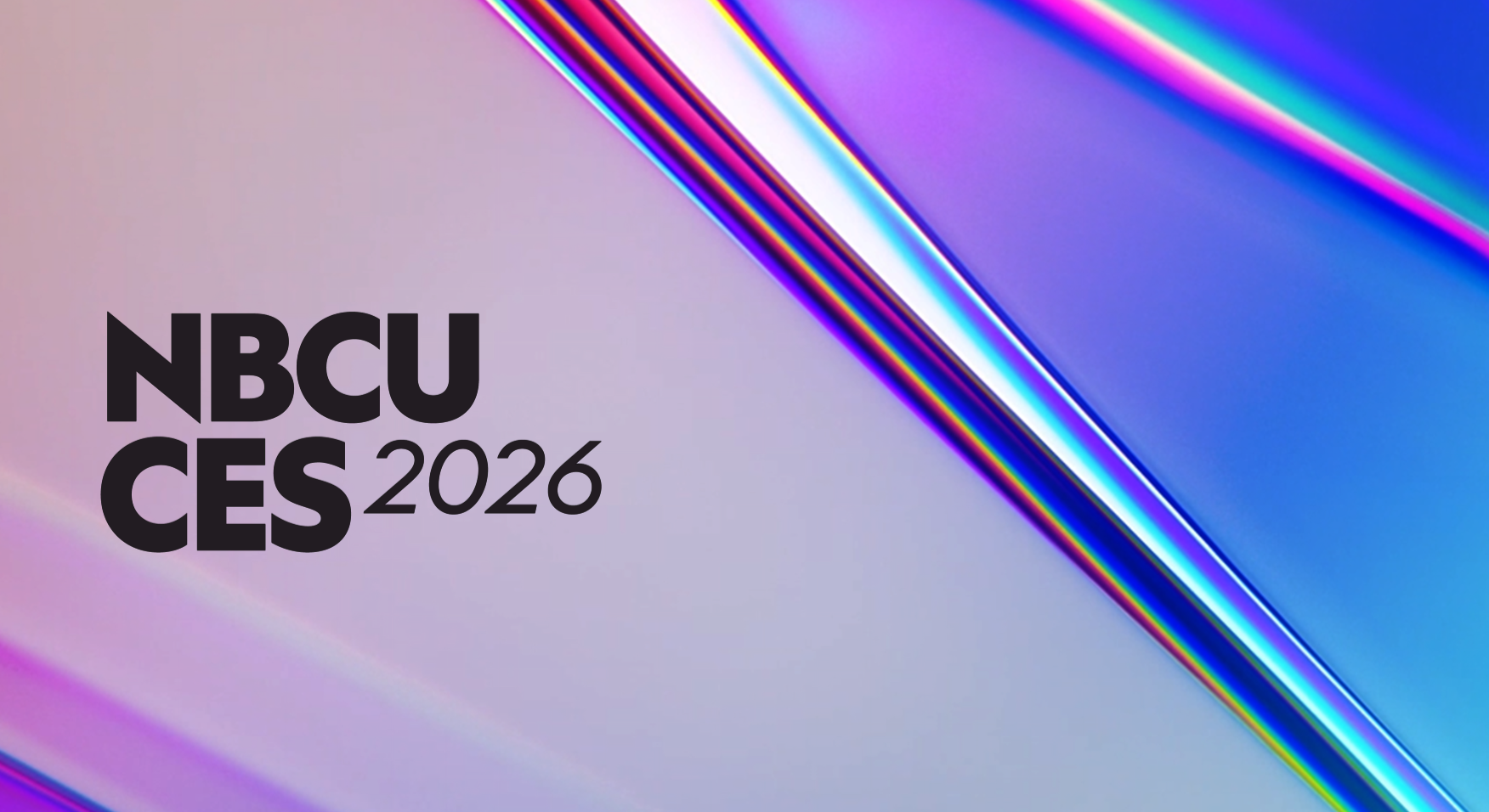MPEG founder urging broadcasters to give up infrastructure, rally behind DASH
The headline of a recent interview with Leonardo Chiariglione, the godfather of MPEG, was his comment that DASH was going to be as big as MPEG2, but the subtext was in its way even more revealing.
Chiariglione, who is about to receive the prestigious Faraday Medal from the UK’s Institution of Engineering and Technology (IET) for his contribution to modern digital media, was expounding his belief that DASH would become the universal digital video transport medium, not just for the Internet, but the whole of broadcasting.
The main subtext was that for this to happen, broadcasters must give up the traditional infrastructure that in most cases they own, and migrate to IP delivery over broadband connections. Chiariglione cited the BBC as the one major broadcaster that has already given up its infrastructure to become a pure media company entirely reliant on others to distribute its content.
But, he rightly pointed out that there was little sign of other broadcasters lining up to follow the BBC’s lead. This reflects the BBC’s unique status as a major broadcaster whose content is highly regarded and in great demand, not just in the UK but all around the English speaking world. Its move to give up its infrastructure reflected its confidence that pay-TV operators and distributors would be clamoring for its content, as has proved to be the case, despite various local difficulties, the latest being the child sex abuse scandal relating to its now deceased former presenter Jimmy Saville.
Some other broadcasters in less dominant positions fear that their content could be dropped by distributors unless preserved by must carry arrangements that cannot be guaranteed to last for ever.
Nevertheless, Chiariglione, speaking to UK-based Broadband TV News, argued it was inevitable broadcasters would move to common global infrastructure, which presumably will comprise CDNs bolted together in federated arrangements feeding local broadband access networks and will not resemble the best effort Internet as we know it. Nor will this mean the immediate demise of the traditional physical means of distribution, that is cable, satellite and terrestrial.
Pay-TV operators are already migrating to IP delivery and hybrid services, and Chiariglione’s point is that, over time, these will converge towards DASH as a common transport medium associated with encoding and content security as well as robust delivery.
The professional video industry's #1 source for news, trends and product and tech information. Sign up below.
Against this background, leading members of the MPEG-DASH Industry Forum, including major vendors such as Cisco and Microsoft as well as OTT providers like Netflix, have been thrashing out what remains to be done to make DASH workable at the Streaming Media West Show in Los Angeles.
Apart from persuading Apple to join, probably the biggest hurdle is to define a subset of DASH that can serve as a base profile that all implementations have to include. Otherwise there is the danger that DASH, far from bringing order to the world of adaptive streaming, will actually increase complexity by creating more semi-compatible variants.
But this is unlikely to happen as the industry has the bit between its teeth, having already taken one important decision in focusing down on profiles around H.264/MPEG-4 encoding, rather than MPEG-2. Initially both were supported. But now the DASH community is zeroing in on H.264, which sharpens its focus and is speeding up the development of common profiles that can be used as the basis for interoperability testing.
Other issues include convergence between DASH and hybrid TV as a prelude to the eventual full migration that Chiariglione has been talking about. Here a clue was provided by the recent French government decision to mandate support for DASH in future connected TVs in the country. Europe, except the UK, has been rallying around the HbbTV hybrid broadcast standard, which now incorporates DASH, but France has implemented a variant in its TNT platform. What France has now done is add DASH to the next version of its hybrid platform, TNT 2.0, to align this fully with HbbTV. This gives an indication of how broadcasters in Europe at least will move to HbbTV with DASH included, as a major step in the direction Chiariglione has predicted they will take.
